Sayat Nova (1968) by Sergei Parajanov
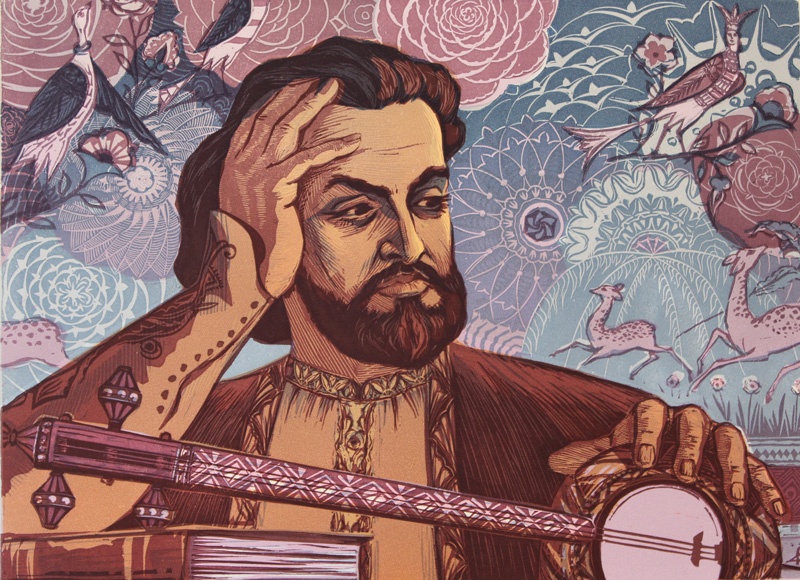
Tiflis’te Sayat Nova’nın anısına ‘Gül bayramı’ festivali düzenlenecek Ermeni haber ajansı
Texto Original: "Serguei Parajanov, inventor de formas, recuperador de tradiciones, cineasta rebelde, nació en Georgia en una familia armenia, vivió en Kiev y filmó en Ucrania una buena parte.

SayatNova FileNorayr Mnatsakanyan in the Role of Sayat Nova 1959 Portrait, Nova, Musician
Sayat-Nova (Armenian: Սայեաթ-Նովայ , Սայաթ-Նովա ; Georgian: საიათნოვა; Azerbaijani: سایاتنووا; Persian: سایاتنووا; born Harutyun Sayatyan; 14 June 1712 - 22 September 1795) was an Armenian poet, musician and ashugh, who had compositions in a number of languages.
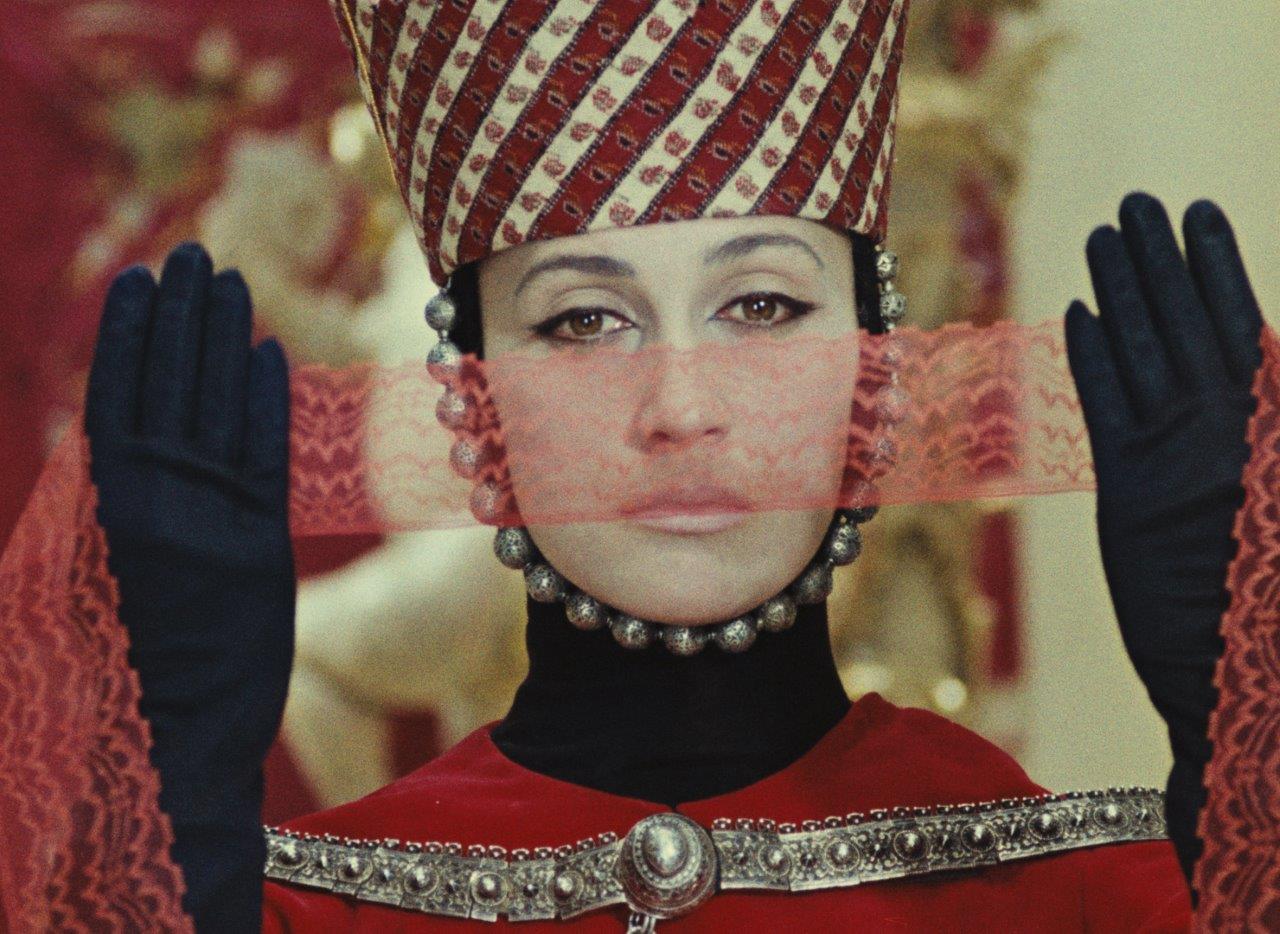
Sayat Nova Couleur de la grenade de Paradjanov
Stream/Download https://found.ee/ide5ZMedley of songs composed & written by the 18th century Armenian ashugh Sayat-Nova. "Tamam Ashkharh", "Kamancha", "Qani.
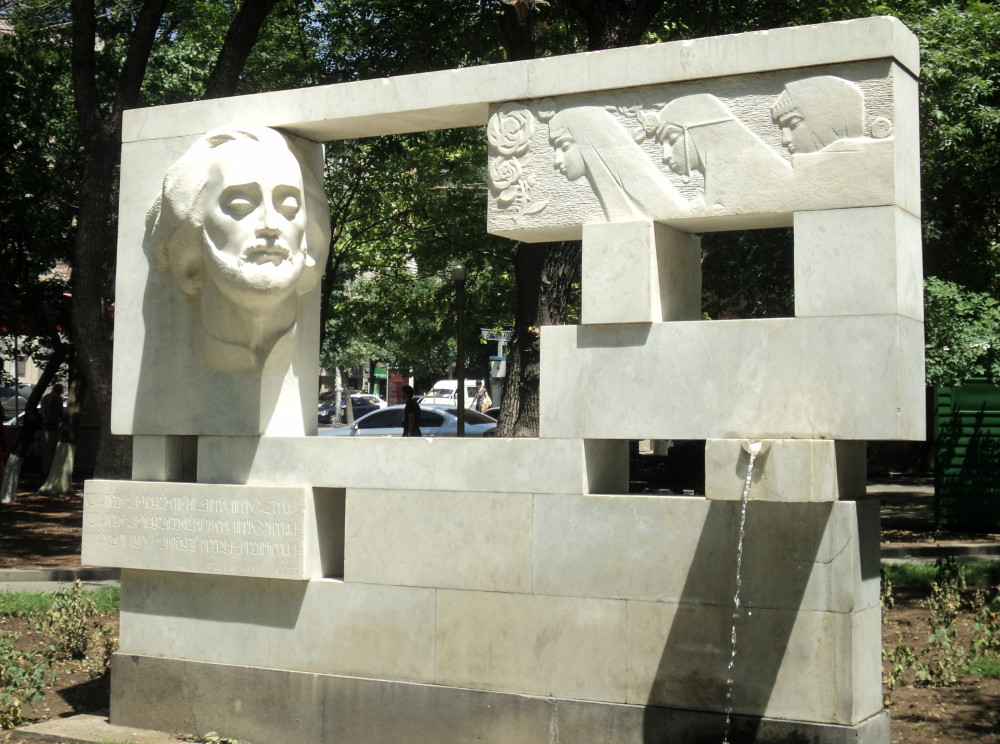
Sayat Nova wrote and sang songs in at least three languages 100 Years, 100 Facts about Armenia
Kamancha Lyrics. Ամէն սազի մէջըն գոված` դուն թամամ տասն իս, քամա՛նչա. Նաքազ մարդ քիզ չի կանայ տեսնի` դուն նըրա պասն.
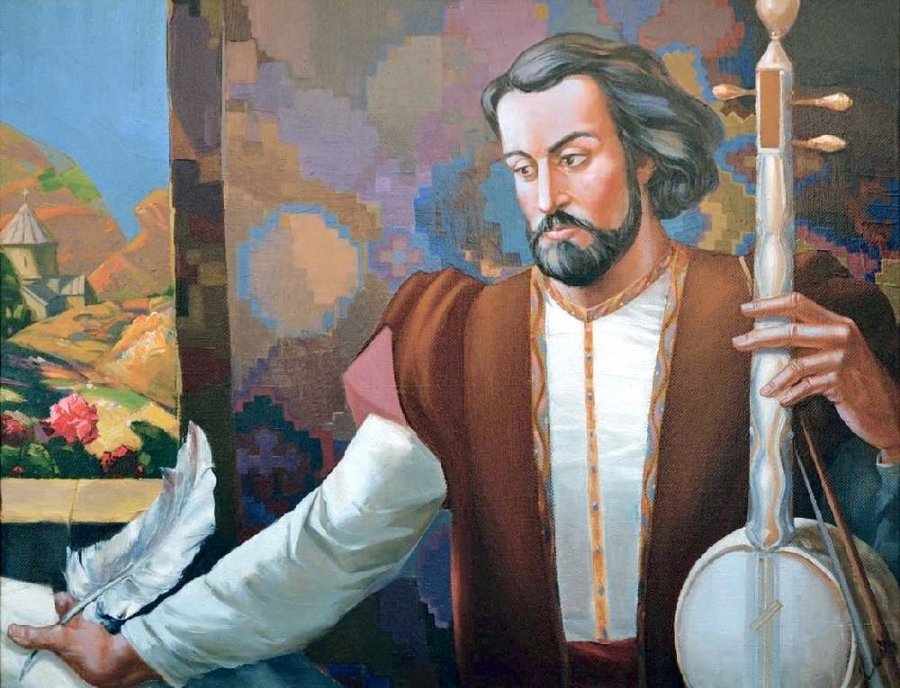
SayatNova
The Armenian Poet-Singer Sayat Nova was born in the year 1712 in the small village Sanahin near Tiflis (also known as Tbilisi), capital of the Asian republic Georgia. His real name was Haroutiun Sayakian, but he was better known as Sayat Nova, the King of songs. It was an honour bestowed on him by his nation for his genius.

Sayat Nova (La Couleur de la grenade ; Tsvet grant a ; The Color of the Pomegranates) / Sergueï
Share your videos with friends, family, and the world

Sayat nova (El color de la granada) (1968)
A Sayat Nova composition being performed by a modern ensemble. To understand how an 18th century bard could create such a corpus of work, it helps to start with the basics of the musician's biography. Although there is contention over the details of his life, Sayat Nova was likely born in the northwest of modern-day Armenia..
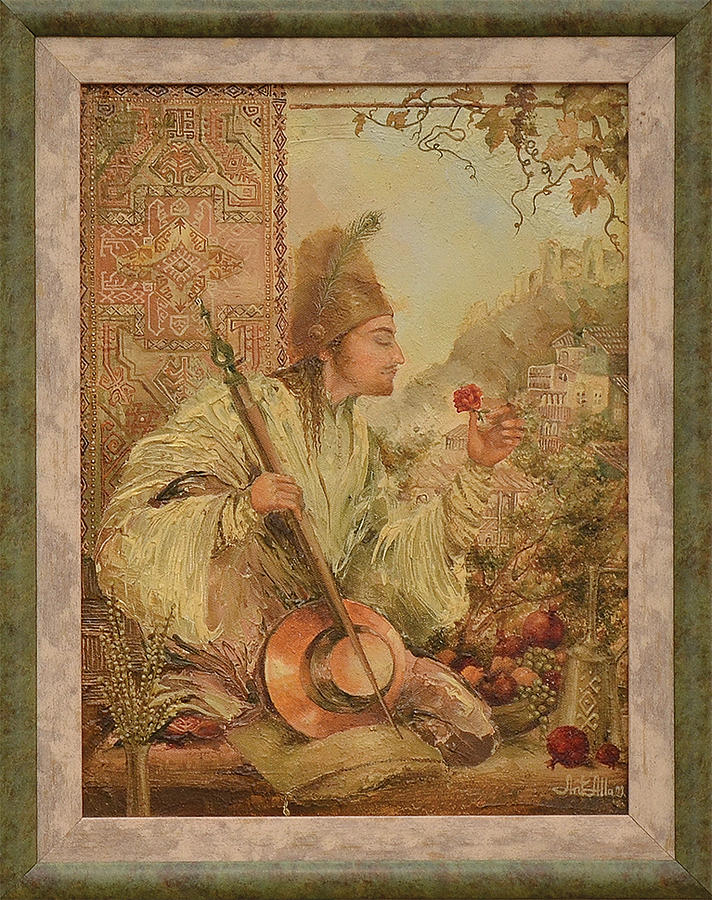
SayatNova Painting by Alla Antonyan Pixels
The possessor of an interesting life, Sayat-Nova (1712-1795) was born as Harutyun Sayatyan in Georgia to a famous family of Armenian carpet weavers. His skill at writing erotic
Sayat Nova a movie I feel sad for watching, because I'll never get to experience it for the
Sayat Nova where an Oriental Story unfolds… The Legend Of Sayat-Nova. Sayat Nova was a young man who was born to Armenian parents in 1700s Georgia. Considered an ashough he was skilled in poetry, singing, writing and best known for playing the Kamancha (among other string instruments). Though he lived in the Caucasus influences from the east.

MOEDSWINGS
ASHUGHS. SAYAT-NOVA (Harutyun Sayadyan), from 1712 to 1795. The highest peak of armenian classical folk art. He was born in Tbilisi, his father whose name was Karapet, was born in Aleppo, and his mother whose name was Sarah, was from Havlabar. He had been taught by ashugh Dostin (his teacher was ashugh Dostin), and he had been given the name.
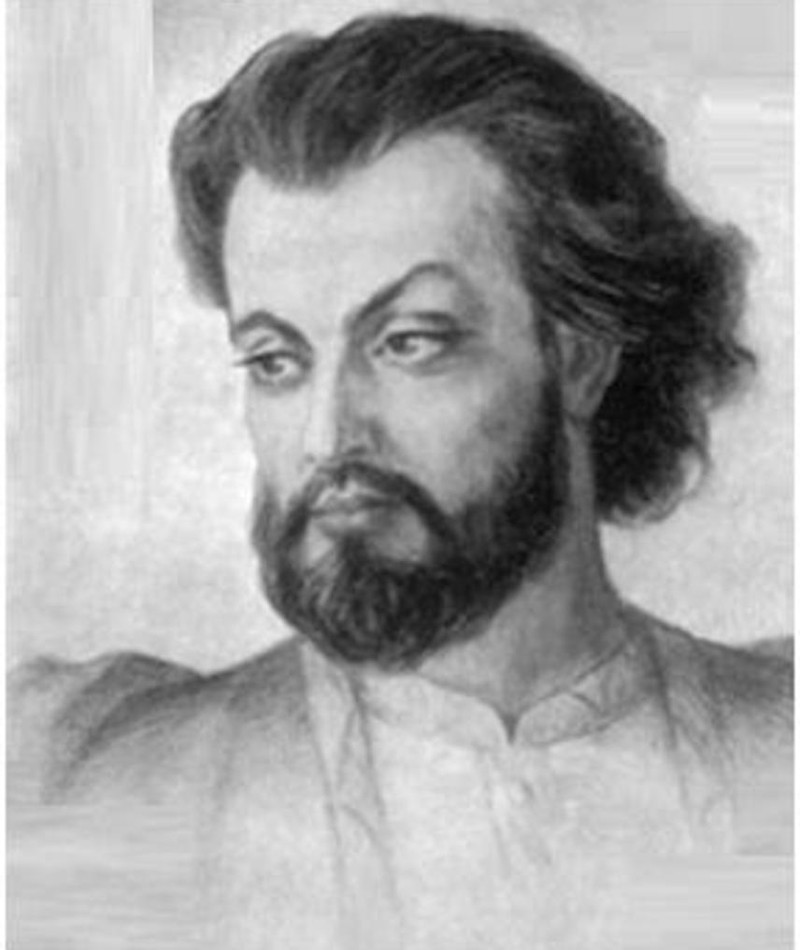
Sayat Nova Films, Biographie et Listes sur MUBI
Sayat-Nova Armenian troubadour known for his love songs. Sayat-Nova worked first as a weaver and later (1750-65) became the court minstrel of Irakli II of Georgia. In 1770 he entered a monastery in Haghbat, and he was martyred by the Persian invaders of Georgia. Most of his extant songs are in
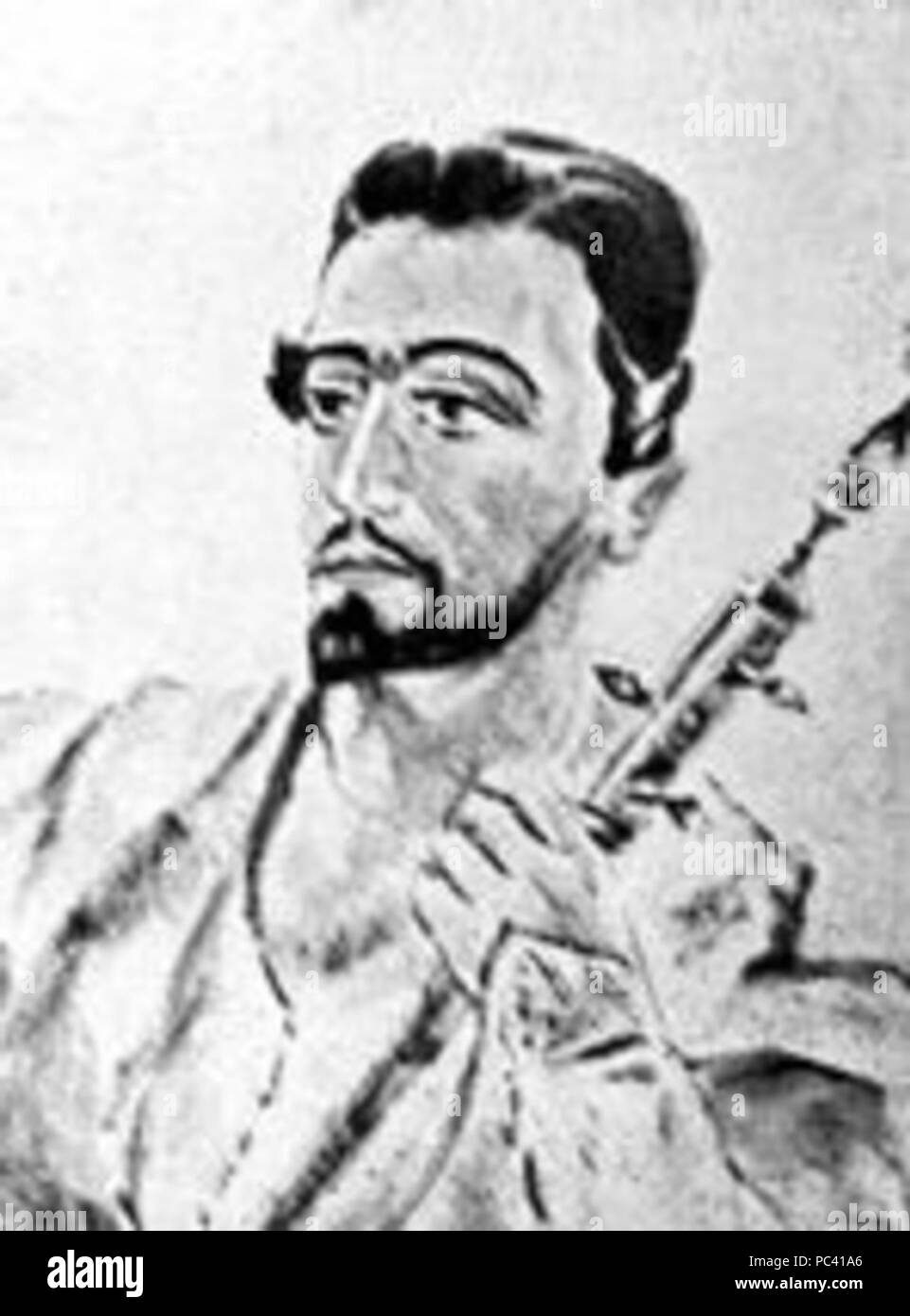
544 SayatNova 1 Stock Photo Alamy
Sayat-Nova's best-known melody, "As Long As I Draw Breath", returns to his inner self with a classically-inspired and masterful presentation. Sayat-Nova: Songs of My Ancestors is a moving performance of complex melodic structures, which, in Donelian's expressive hands, reveal universal emotions of passion, sadness, pain, wonder and joy..

Pemasangan Sayap Ori NEW VIXION ADVANCE(NVA) Di NEW VIXION LIGHTNING(NVL) NVL upgrade NVA
The Color of Pomegranates is a 1969 Soviet Armenian art film written and directed by Sergei Parajanov. The film is a poetic treatment of the life of 18th-century Armenian poet and troubadour Sayat-Nova. It has appeared in many polls as one of the greatest films ever made and was hailed as revolutionary by Mikhail Vartanov.The film is now regarded as a landmark in film history.

Review and Summary of The Color of Pomegranates (1969) — Ashley Hajimirsadeghi
Born Arutin Sayadyan, eighteenth-century Armenian poet Sayat-Nova—whose pen name means "King of Songs"—served as the initial inspiration for The Color of Pomegranates.Sayat-Nova was an ashugh, a troubadour whose verses were set to music that he played on a lute.Because he wrote in three languages spoken in Transcaucasia—Armenian, Azerbaijani, and Georgian—he has long been revered.

In ‘The Color of Pomegranates,’ the Cinema of the Cryptic The New York Times
The Color of Pomegranates: Directed by Sergei Parajanov. With Sofiko Chiaureli, Melkon Alekyan, Vilen Galstyan, Gogi Gegechkori. The life of the Armenian poet Sayat-Nova, from his childhood to his later years, focusing on his spiritual journey, artistic endeavors and inner conflicts within the cultural and historical context of Armenia.
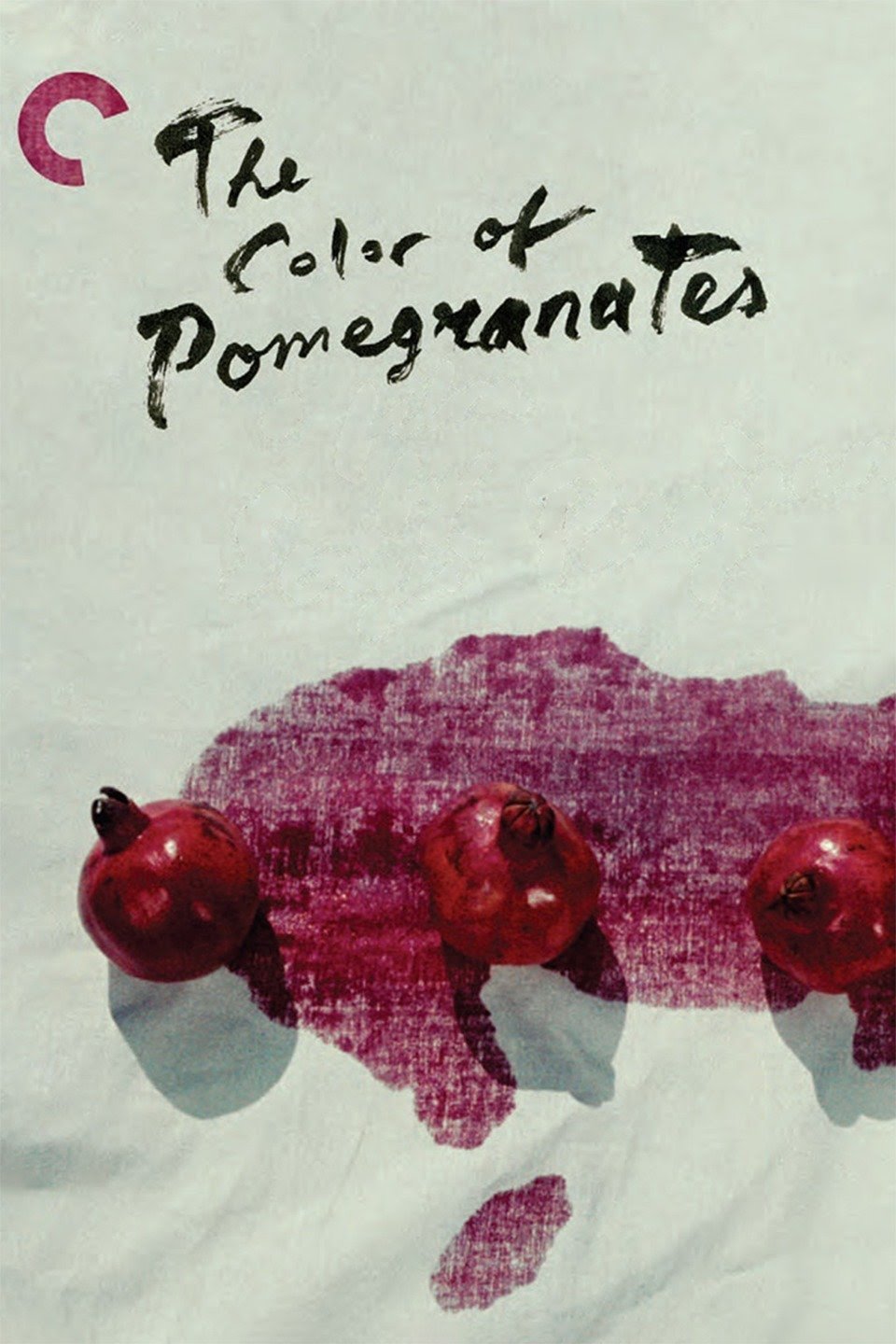
Sayat Nova (1968) by Sergei Parajanov
Sayat-Nova was an 18 th century Georgian/Armenian poet, musician and sometime royal court diplomat. He entertained courtiers for a while before falling out of favour and then lived the life of the wandering minstrel (local term - ashik). Later in his life he became an apostolic priest in Armenia which was, at that time, a deeply religious country.